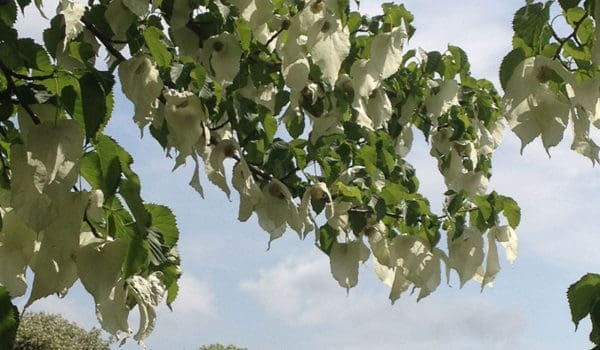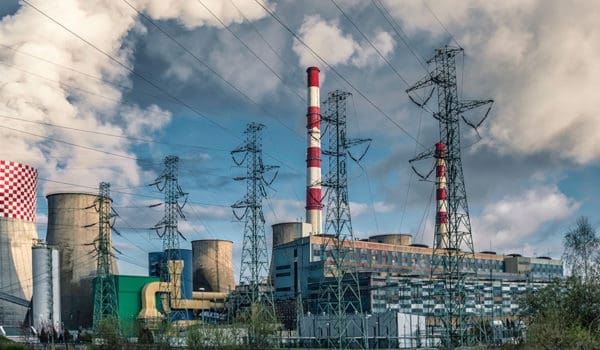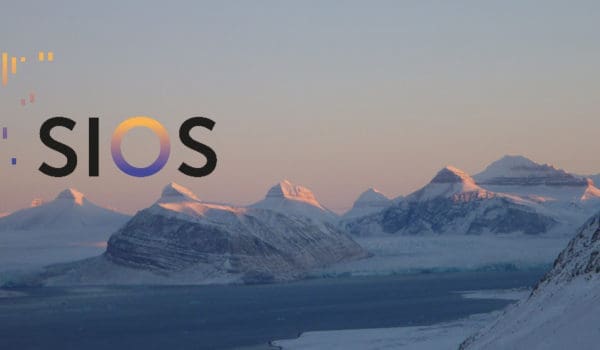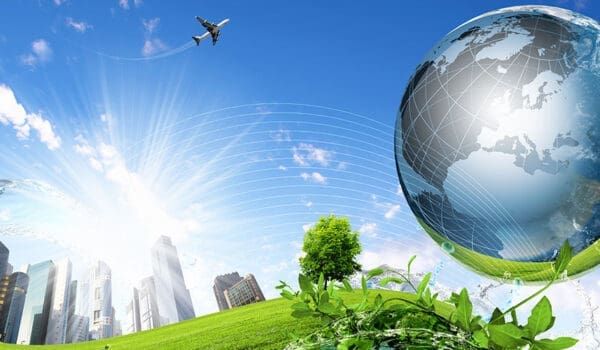
Models and observations agree on trends in atmospheric sulfur
In a new paper published in Scientific Reports today, scientists from NILU and other leading international partners show that global climate models are able to reliably calculate historical sulfur trends in accordance with observations.





















